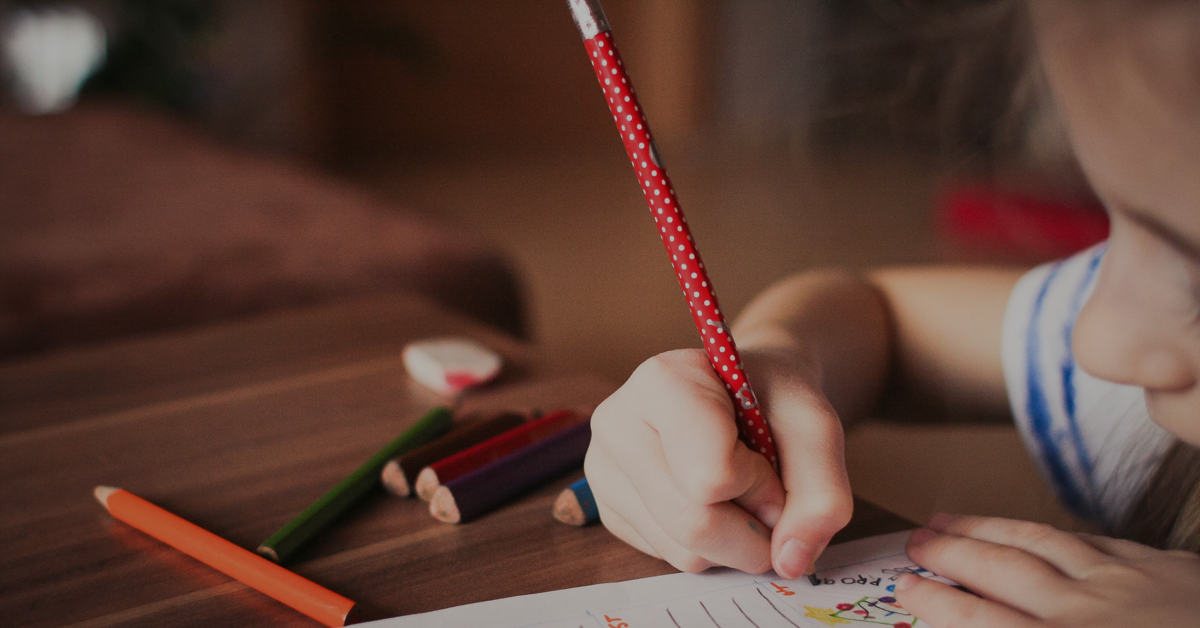To determine how many times your students can play the score is now available on Flat for Education. This is really useful, especially for ear training. Today I will share some ideas for creating appealing music dictation exercises.
Musical dictation is one of the most important exercises for ear training. It helps students to develop the ability to identify sounds and the sense of rhythm. What is more, it enhances concentration, memory, and attentive listening, which are fundamental skills for the children's overall learning.
Check out our dedicated help section regarding how to create dictation activities using Flat for Education.

Preparation
Dictation exercises are not the kids' favorites. Honestly, I hated this kind of exercises when I was little.
Educators must make the learning process fun and purposeful. Good educational experiences have a significant impact on kids, not just academically, but also psychologically.

Teaching with purpose, learning with purpose
Every exercise we propose to the students should be related to the topics we have been studying. Besides, we should explain to them why they are learning what they are learning. We can give them examples that will attract their attention and inspire them to do the exercises.
Before designing an exercise, we should ask ourselves:
- Why am I proposing this exercise for?
- What do I want the students to learn?
- What is the real use of this exercise?
For music dictations, we can explain to the students that they are going to exercise their ear and present ear training as a game. We can show them a video of some musicians playing to explain that having a skilled ear enables them to play together and have fun. Also, we can present writing music they hear analogous to painting what they imagine.

The thing that scared me the most about dictation was making mistakes. We ought to make kids feel they have the right to make mistakes. Get them to think of mistakes, not as failures or something to be ashamed of, but as opportunities to learn.
Music is not science, it is an expression
Let's focus on helping our students to express themselves through music. Remember, the goal of music education is for kids to learn and to be creative, not to be perfect.
Bearing this in mind, we are ready to create purposeful exercises.
Melodic dictation
With melodic dictation we want the students to train their ear to identify sounds and being able to translate them into the language of music.
Exercise 1: note identification
This exercise is basic, you will use a major scale and the G clef.
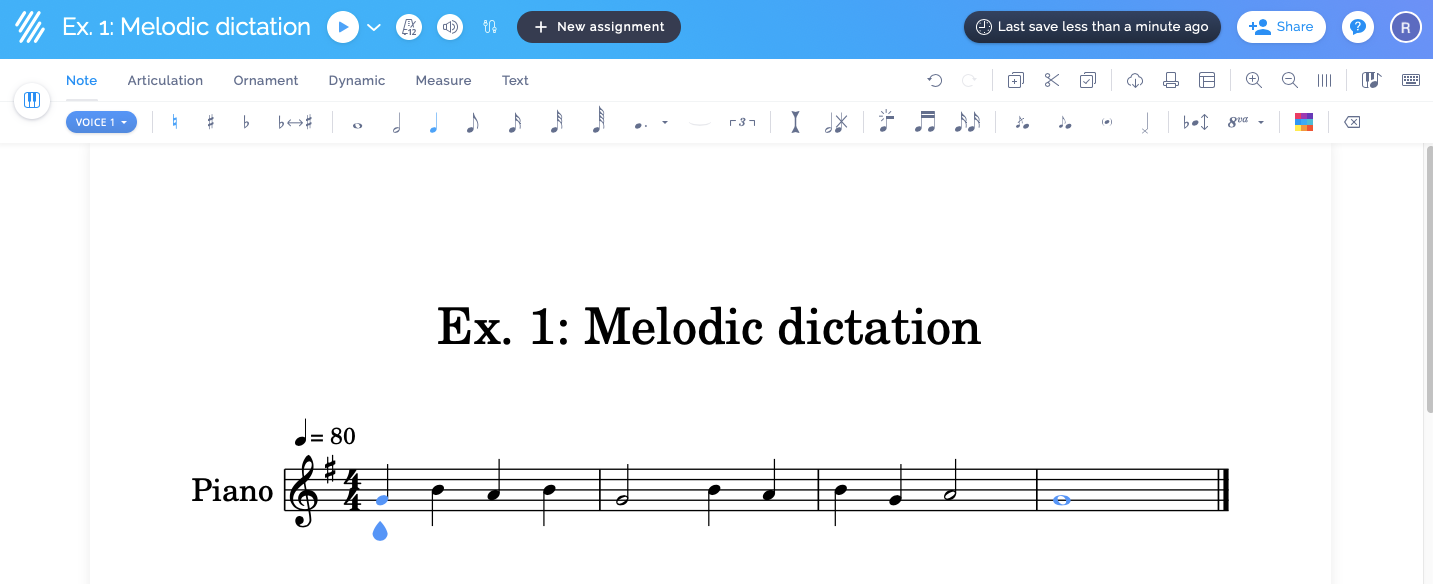
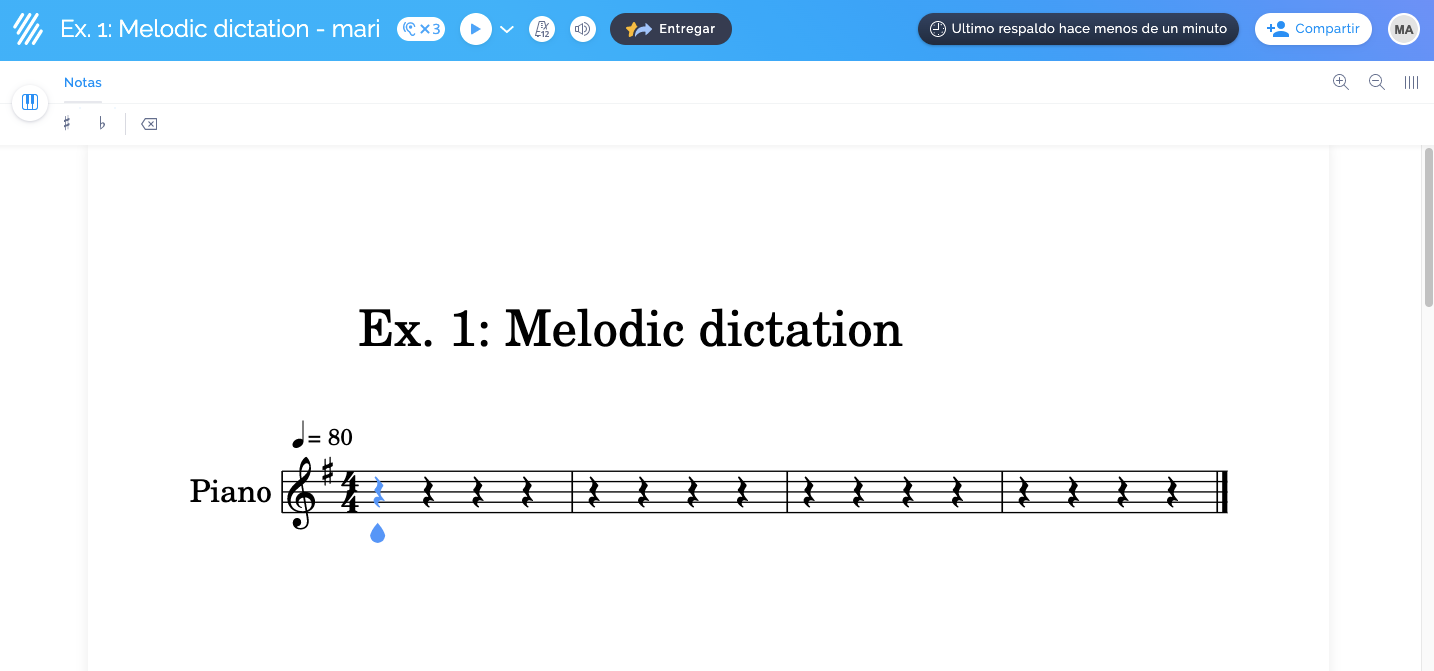
Exercise 2: arpeggios
This exercise is a little more advanced. After explaining and studying with the students the arpeggios, we can use this exercise. I decided to use the F-clef, this way the students can practice ear training and music writing in a different clef rather than G.
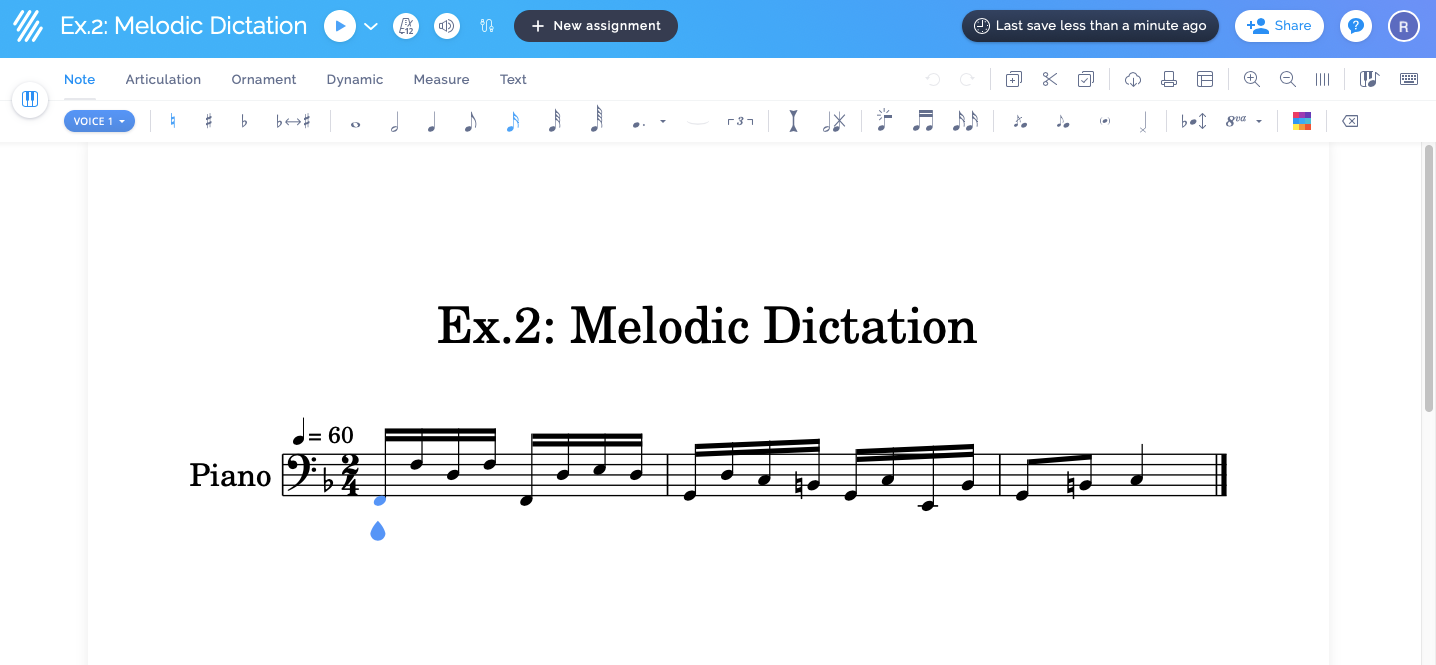
Rhythmic dictation
With rhythmic dictation we want the students to develop a sense of rhythm. I will suggest starting with the most basic exercises and as the students get more advanced, you can add more elements.
By the way, for this exercise remember to use an unpitched instrument to create the score.
Exercise 1: no syncopation
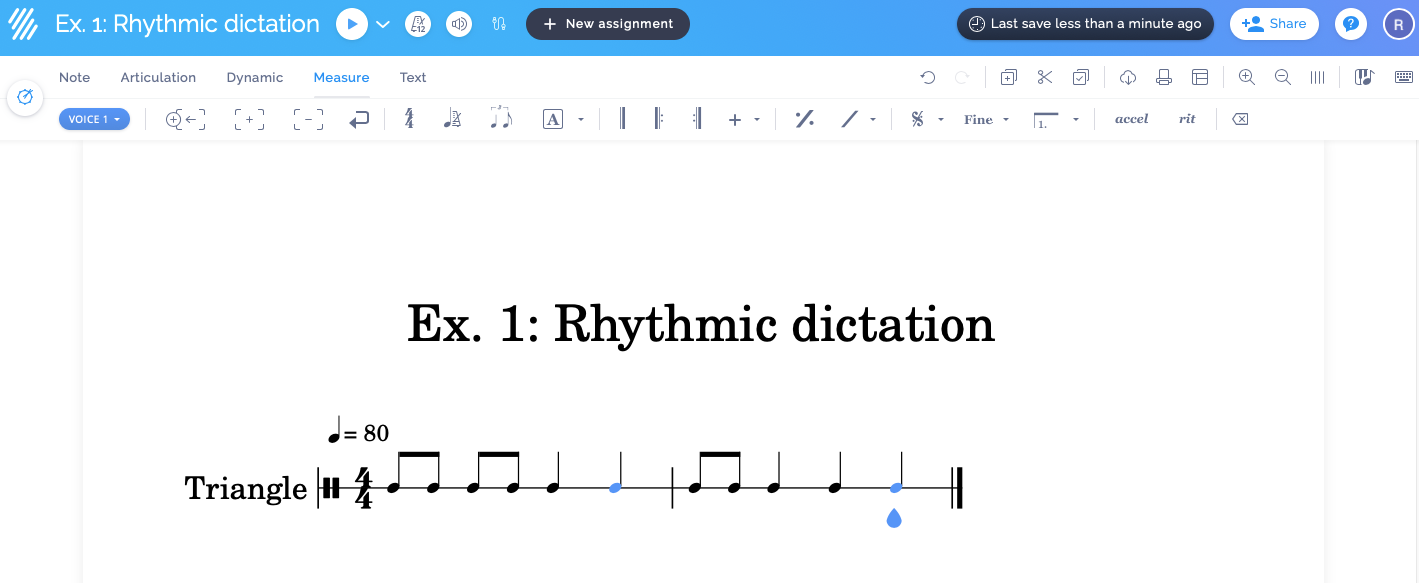
Exercise 2: syncopation
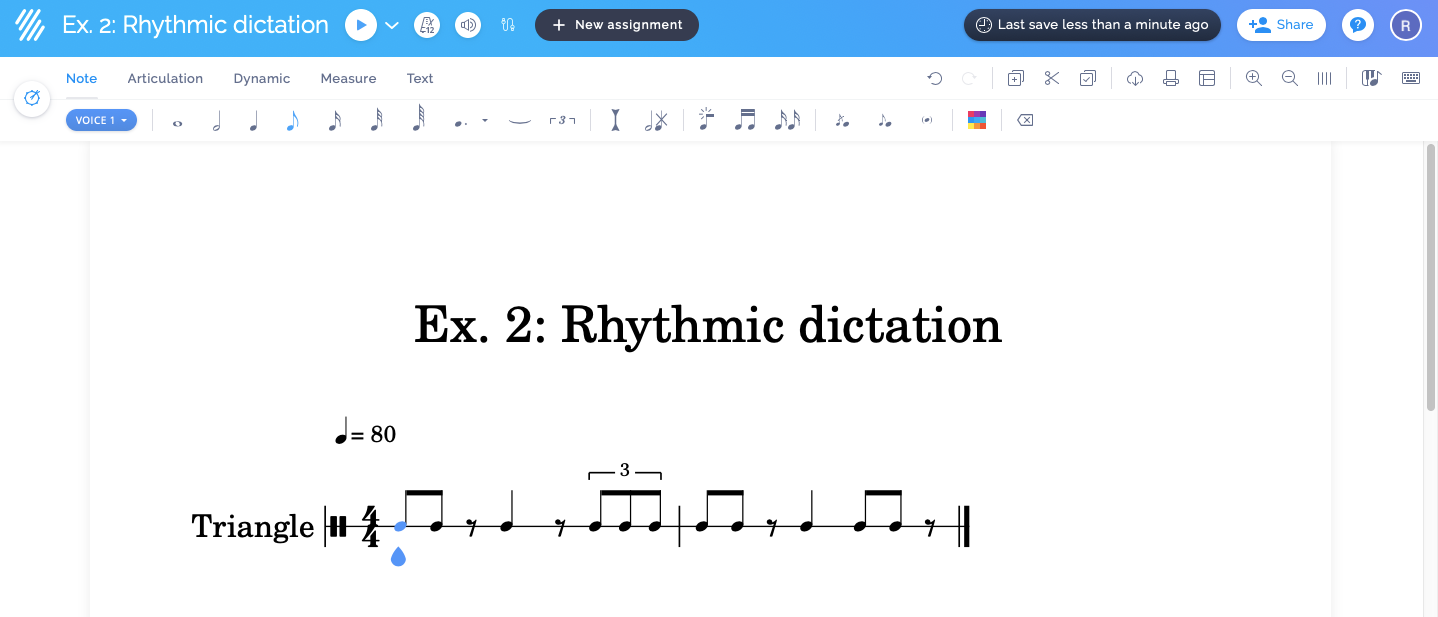
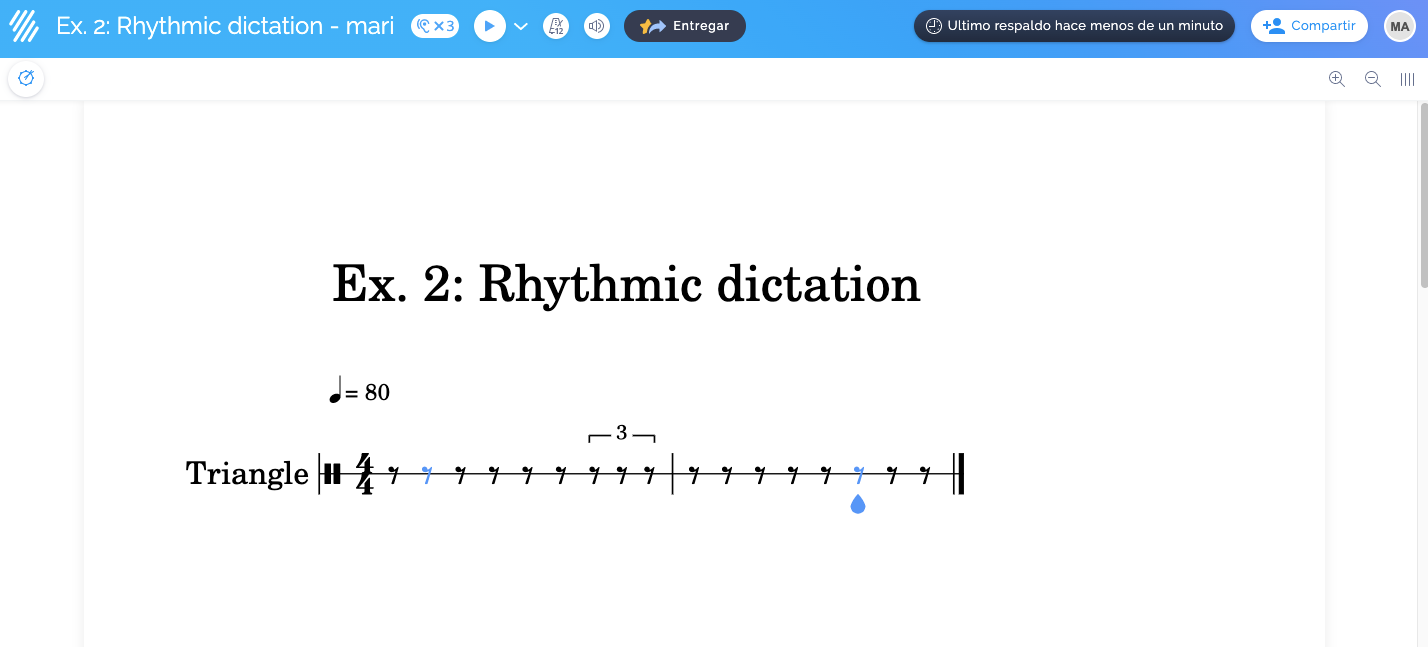
After creating the score, you need to decide how many times the students will be able to reproduce the playback. This depends on the complexity of the score, but I suggest 3 times:
- For the students to listen carefully.
- For the students to write their answers.
- For the students to check their answers.
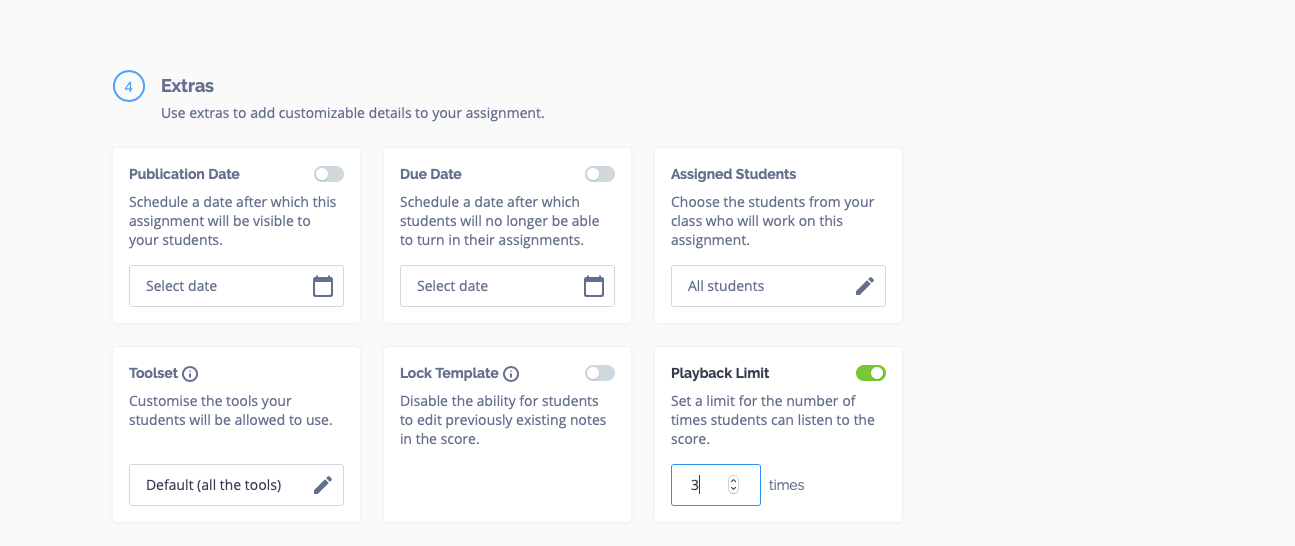
Complementary practices
To make these exercises more appealing for kids, we can use ear training complementary practices.
- Singing
You can ask your students to memorize simple melodies and record themselves singing. This will help them practice in a fun way, identifying and reproducing sounds.
2. Memory games
Design memory games for your students. Exercising the children's memory improves their ability to identify complex melodies and rhythmic patterns.
3. Drawing music
Kids remember a melody or a rhythm pattern more easily if they can visualize it.
You can ask your students to draw what they hear, creating a visual interpretation of music. As they can visualize what they hear, musical dictation gets easier.

Put this into practice with your students and I promise, when the dictation exercises take place, they will be more comfortable and excited about them.
Now is your turn to create purposeful assignments for your students.
Thanks for reading!
Best,
